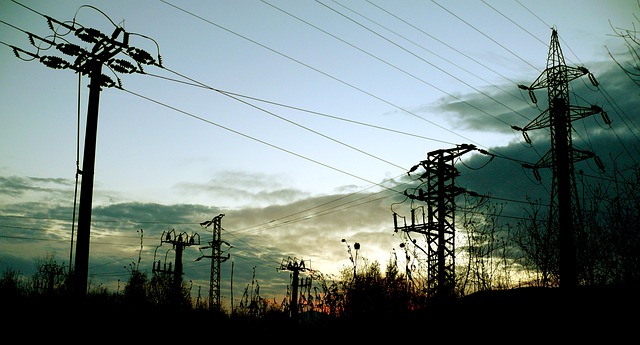
FERC Order 2222 guided stakeholders, including renewable project developers, to aggregate distributed energy resources (DER) such as PV solar with energy storage. President Biden’s FERC Chairman Commissioner Glick wasted no time closing the loophole in the earlier demand response order from FERC in this new order 2222-A. States with demand response programs no longer have the ability to opt-out similar to DERA order 2222.
FERC also clarified DER interconnections in the new 2222-A order, including clarifying that they have exclusive jurisdiction and providing the ability for small utilities to opt-in. With this direction, regional transmission organizations can march towards compliance plans due in most cases around July 2021.
FERC Order 2222
Order 2222 defines distributed energy resource as “any resource located on the distribution system, any subsystem thereof or behind a customer meter.” Distributed solar certainly fits this definition. This order requires grid operators within FERC jurisdiction to include aggregated DERs in their market participation models. There are a host of requirements for the grid operators and the aggregators.
FERC Order 2222-A Key Takeaway 1 – Demand Response Opt-Out
The demand response order 719 provided an “opt-out” for states that did not want their ratepayer-funded demand response programs to participate in the wholesale markets. FERC Order 2222 did not provide that opt-out for aggregated DERs. And that is the main point of 2222-A because FERC has declined to extend the same opt-out that was provided in 719.
The role of demand response in a DER aggregation rule is important to consider because of the potential for heterogeneous, i.e., multiple technologies aggregated at a single node on the electric grid. If homogenous technologies such as multiple storage assets aggregate at a node, the market operator is only dealing with a single technology. But if multiple technologies, including existing DR programs, are aggregated, the grid operator needs perhaps multiple rules to accommodate these heterogeneous technologies.
The elephant in the room – Voltus Complaint
Perhaps it is interesting to industry observers, Voltus’s name is left out of this order. Voltus, a demand response aggregator, complained to FERC about the lack of opportunities due to MISO and SPP states opt-out. Hence it is likely that the Voltus complaint forced the commission to address a loophole in reducing barriers for DER to participate in organized markets.
Order 2222-A Key Takeaway 2 – DER Interconnections
The second key takeaway in Order 2222-A deals with DER interconnection rules. In 2222, FERC refused to require grid operators to open up a new interconnection queue for DERs. Accordingly, in 2222-A, FERC declined the request of Advanced Energy Economy (AEE) and Advanced Energy Management Alliance (AEMA) to hold a technical conference to simplify the existing interconnection rule set.
FERC not taking up the DER interconnections under current generator interconnection rules is good news and bad news for RE developers. It is good news because there is no change from Order 2222. It is bad news because developers must deal with grid operator interconnection queues backlogged by at least a couple of years.
Order 2222-A Key Takeaway 3 – Minor but relevant aspects
Double counting an energy transaction in both wholesale and retail energy is an issue that pops up frequently almost as a barrier towards DER participation. In 2222, FERC allowed RTOs to define the constraints narrowly on DER aggregation to reduce this chance of double counting.
With 2222-A, the biggest key takeaway on this double counting is FERC clarifying that AEE/AEMA is right – “if a distributed energy resource is offered into an RTO/ISO market and is not added back to a utility’s or other load-serving entity’s load profile, then that resource will be double counted as both load reduction and a supply resource.”
Relevant to note in 2222-A is FERC confirming that it has the authority over DER participating in wholesale markets, and state regulatory authorities called Relevant Electric Retail Regulatory Authorities (RERRA) have the authority over coordinating the participation of DER with the RTOs.
RTO Compliance
MISO, SPP, and PJM have asked FERC for an extension to comply with FERC Order 2222. If those extensions are not granted, each RTOs must file a compliance order by July 2021. But if FERC grants the 9-month extension requests of MISO and SPP, their compliance date is March 2022. PJM filed an extension request also. Hence their compliance plan is due February 2022.




